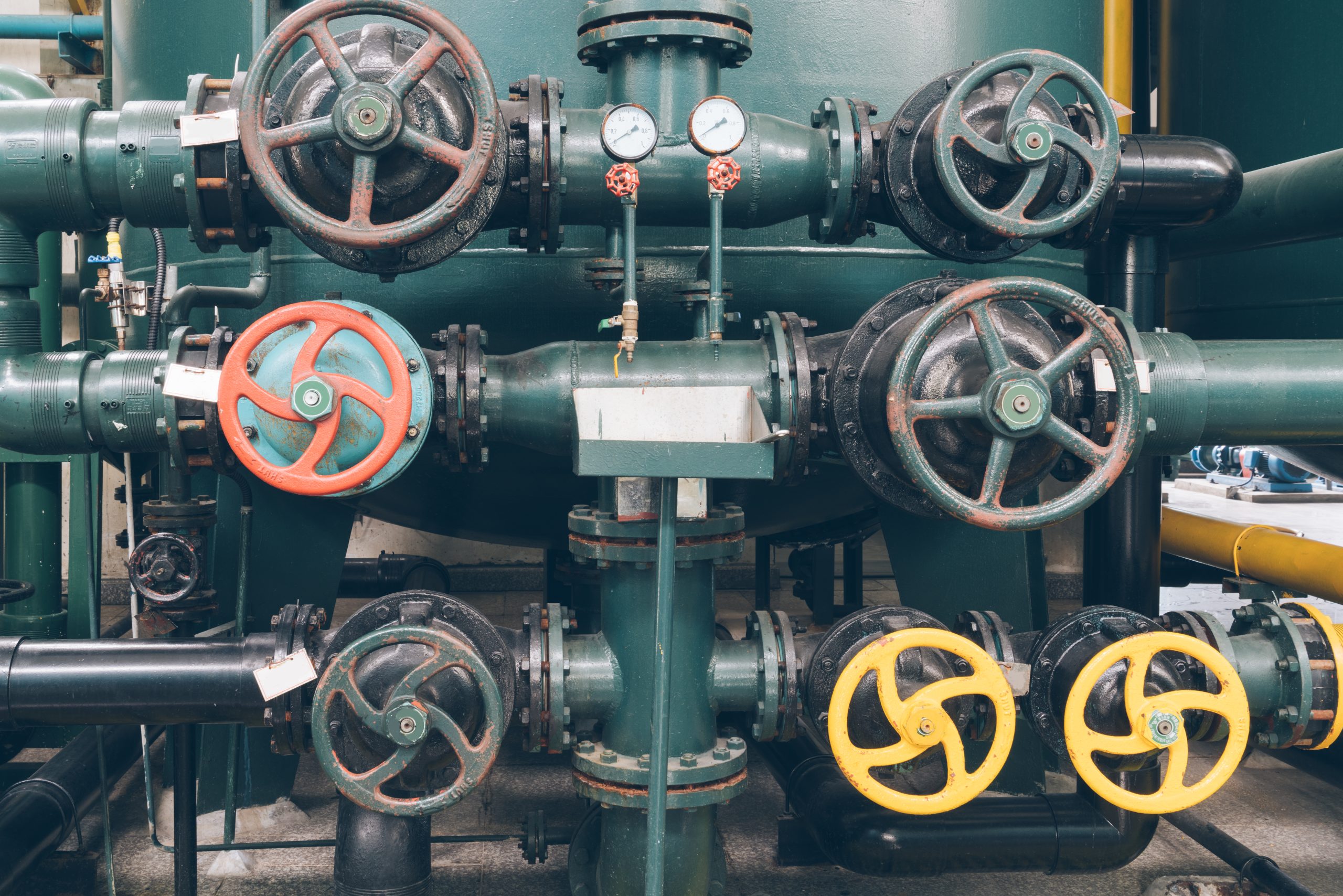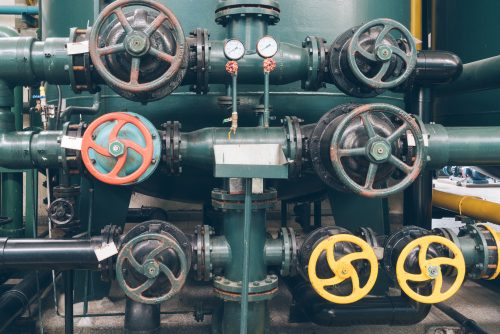Have you ever wondered how safety valves work and who invented them? Safety valves are devices that regulate the pressure of a fluid or gas in a system, such as a boiler, a pipeline, or a reactor. They prevent the pressure from exceeding a certain limit, which could cause explosions or other damages. In this blog post, we will explore the origins and evolution of safety valves, from the 1600s to the present day.
The First Safety Valve: Denis Papin’s Steam Digester
The most widely accepted answer to the question of who invented the safety valve is Denis Papin, a French physicist and engineer. Papin was experimenting with a device called a steam digester in the late 1600s. A steam digester was a precursor of the modern pressure cooker. It consisted of a sealed metal container filled with water and food, which was heated by an external fire. The steam digester could cook food faster and more tenderly than conventional methods.
However, Papin faced a problem: if the pressure inside the digester became too high, it could rupture and cause serious harm. To solve this, he attached a valve to the lid of the digester, which would open automatically when the pressure reached a certain level. He also devised a way to adjust the pressure by moving a weight along a lever that held the valve closed.
Papin’s safety valve was widely used for steam applications and distillation processes throughout Europe for many years. It was also adopted by other inventors, such as Thomas Savery and Thomas Newcomen, who used it in their early steam engines. Papin’s safety valve was simple but effective, and it remained in use until the early 1900s.

?The Controversy: Was Rudolf Glauber the True Inventor
Some historians argue that Papin was not the original inventor of the safety valve, but only improved on an existing design. They claim that the first safety valve was actually created by Rudolf Glauber, a German alchemist and chemist, around 1650. Glauber also designed a steam digester, which he used to produce various chemicals and medicines. He equipped his digester with a valve that would release excess steam into the air. However, Glauber’s safety valve was not adjustable and had no lever or weight mechanism.
The debate over who invented the safety valve is still ongoing, and there is no definitive answer. However, both Papin and Glauber deserve credit for their contributions to the development of safety valves and their applications.
#safetyvalve #pressure #steam #history #LESER #overpressure


